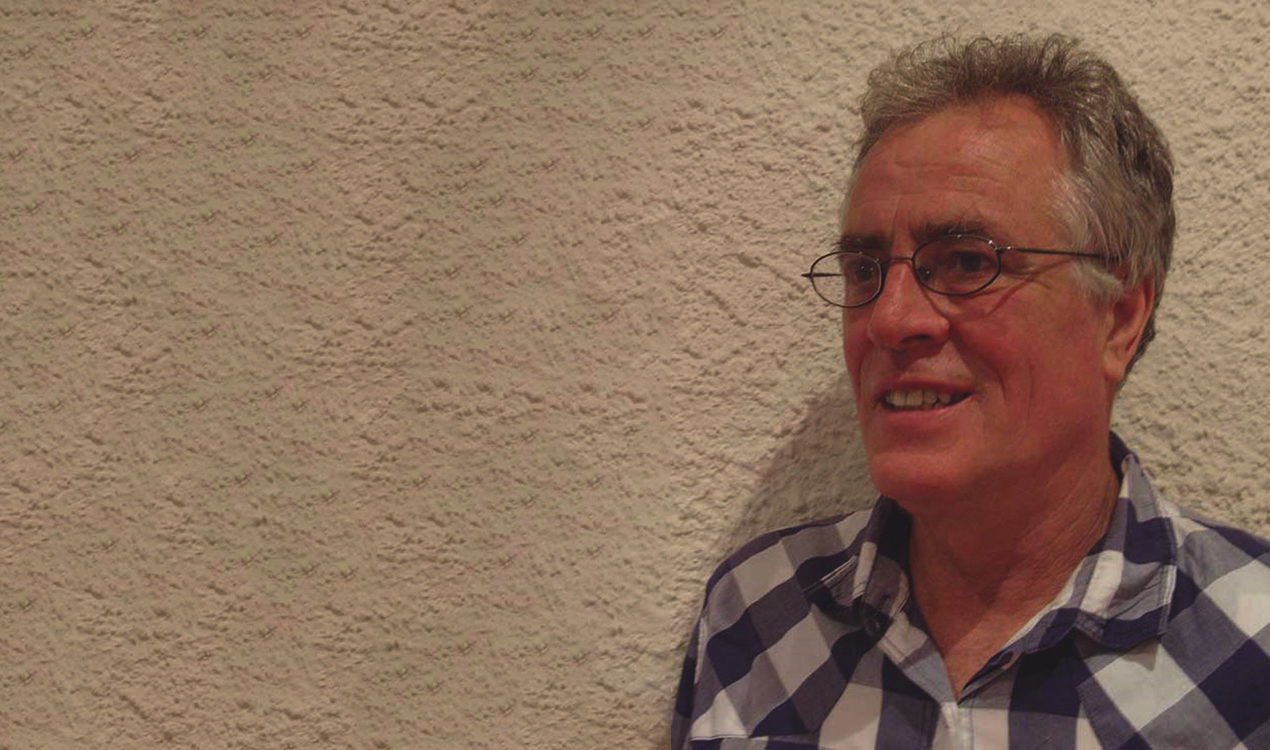Author Q&A: Robert Hillman
The Bookshop of the Broken Hearted (Faber, paperback £8.99, ebook £1.99, Audible £16.99)
Tom Hope does his best on the farm – milks the cows, harvests the apples, looks after the sheep – but has been lonely since Trudy left, taking little Peter with her. Enter Hannah Babel, quixotic smalltown bookseller: the second Jew – and the most vivid person – Tom has ever met. When she asks him to help her build Australia’s most beautiful bookshop, Tom dares to believe they could make each other happy. But it is 1968, 24 years since Hannah and her own little boy arrived at Auschwitz, carrying their own heartbreak too. The prolific Robert Hillman has written more than 60 books of fiction and non-fiction, for adults and young adults, including his 2004 memoir The Boy in the Green Suit, which won the Australian National Biography Award, and Joyful, his 2014 novel about grief.
How did the idea for the novel come to you?
I had written the biographies of three Holocaust survivors, all women, all of whom had migrated to Australia after the war, after Auschwitz. My fiction is usually set in the verdant valley in which I was raised. I began to muse on the possibility of creating a narrative in which one of these women came to the valley – from hell to paradise – met an Australian farmer, younger than her, and fell in love with him. A new life for the Jewish character I fashioned, but one still haunted by the unspeakable experiences of Auschwitz.
How do the characters in this book deal with trauma and grief, and how does this compare with your own experience of loss, and how you dealt with it, as recalled in your memoir The Boy in the Green Suit?
My own experiences of grief and trauma have been no more than average, and certainly do not compare with those of Hannah, my principal female character. Nonetheless, I know enough of grief and loss to provide some insight.
What role did books play in your life was a child?
Like most writers, I was an avid reader as a kid and as a teenager. Books to me, fiction in particular, were heaven. I knew I could never exhaust the books available, and this abundance gave me such happiness that the background of grief in my life faded away when I started a new story.
Lists feature pretty prominently in the book. Are you a list maker?
No, I am not a list maker, or no more so than any other man in the street. Although in times of stress, I do make lists of all the things that make life worthwhile, and add to these lists as more things occur to me.
The book’s set in 1968. Has the relationship between the Outback and the cities of Australia changed in that time or is it constant?
The relationship has changed. The people of the Outback, including Indigenous Australians, have had their lives made less remote by the internet. The farmers of the dry regions – wheat farmers, cattle graziers – have become more tech savvy than you’d imagine, and have far greater access to the broader world.
How does writing fiction inform your extensive biography writing and vice versa?
The best possible training for a writer of biographies is to experience the writing of fiction. The strategies of fiction, the tricks and devices, inform the writing of non-fiction. My test for a biography is this: “Is it good enough to be fiction? Is it as dramatic, as engaging as fiction?”
Your book was the official book for Independent Bookshop Week. Why are independent bookshops important and tell us about a favourite bookshop, past or present.
Independent bookshops provide the opportunity to develop a more intimate relationship with the bookseller, to chat, to learn things each from the other. My favourite bookshop is no longer there, alas. It was a huge barn of a place in the middle of Melbourne, and it had everything. The owner simply let you be. You could sit in an armchair for hours with a book and never be approached and moved on.
